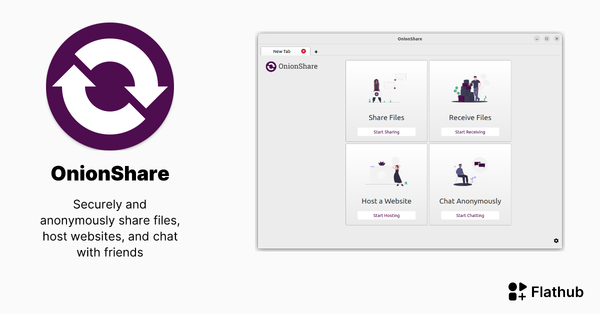A lesson from Kevin Gates: Mobile privacy is achieved through compartmentalization

"I got two phones, one for the b*****s and one for the dough."
– Kevin Gates
If Kevin Gates had solid OpSec, those two phones wouldn’t just be about lifestyle. They’d be about compartmentalization. He’d probably be running GrapheneOS for the dough — the hardened, privacy-first platform designed for secure operations — and an iPhone for the ladies, where convenience and social exposure outweigh strict control.
Compartmentalization: The Core Philosophy
Compartmentalization is the discipline of dividing your digital life into isolated zones. It ensures that if one system or device is compromised, the breach doesn’t ripple through your entire world. Intelligence agencies and advanced threat actors use this principle to protect assets. In the open-source space, Qubes OS represents the most complete implementation of this philosophy: every activity runs in its own “qube.” Your email qube can’t see your banking qube; your disposable browsing qube can vanish in a click.
This structure limits lateral movement. Attackers who manage to compromise one qube are trapped there, unable to pivot to other environments. It’s the difference between losing one room of a building to fire versus the entire house.
Phones as Roles
The same principle applies to mobile devices. Smartphones have become catch-all machines: wallet, keys, maps, messaging, banking, social media, even identity verification. That’s too much surface area for a single device.
Splitting roles across multiple phones gives you natural compartments:
- Plug / Load / Dough: GrapheneOS or another de-Googled Android, configured for maximum privacy and security. This is your operational phone — no unnecessary apps, minimal exposure, maximum control.
- "B*****s": iPhone, dedicated to social life, casual comms, and convenience apps. It handles the noise and chatter, but never touches sensitive operations.
The brand isn’t the point; the boundaries are. A second device acts like a wall: compromise your iPhone, and the GrapheneOS phone is still clean.
Virtual Machines and Whonix
Beyond phones, virtual machines (VMs) extend compartmentalization to desktops and servers. A VM is a software-defined computer that runs in isolation from the host and other VMs. They’re perfect for risk-segregation:
- Whonix: This is a security-hardened Linux distribution that routes all traffic through Tor. It splits into two VMs: the Gateway (which runs Tor and handles all networking) and the Workstation (which runs applications but has no direct connection to the internet). Even if an app on the Workstation is compromised, the attacker still only sees Tor traffic and can’t bypass the Gateway.
- Disposable VMs: For one-time downloads, testing untrusted files, or browsing shady sites, disposable VMs give you a fresh, contained environment that vanishes when you close it.
- Role Separation: Just as you wouldn’t mix your personal and operational phones, you shouldn’t mix your banking and torrenting on the same VM. Use dedicated virtual machines for each role, mirroring the philosophy of multiple phones.
The Bigger Picture
Compartmentalization is less about the hardware and more about discipline. Whether it’s Qubes OS isolating activities into qubes, GrapheneOS holding down secure operations on mobile, or Whonix tunneling everything through Tor inside a VM, the principle is the same: create boundaries, and respect them.
Kevin Gates might have been talking about hustling, but the lyric is also a blueprint for modern digital hygiene. Two phones, multiple machines, segmented environments — one for the b*****s, one for the dough. In a world where compromise is inevitable, compartmentalization ensures that a single breach never takes everything.





